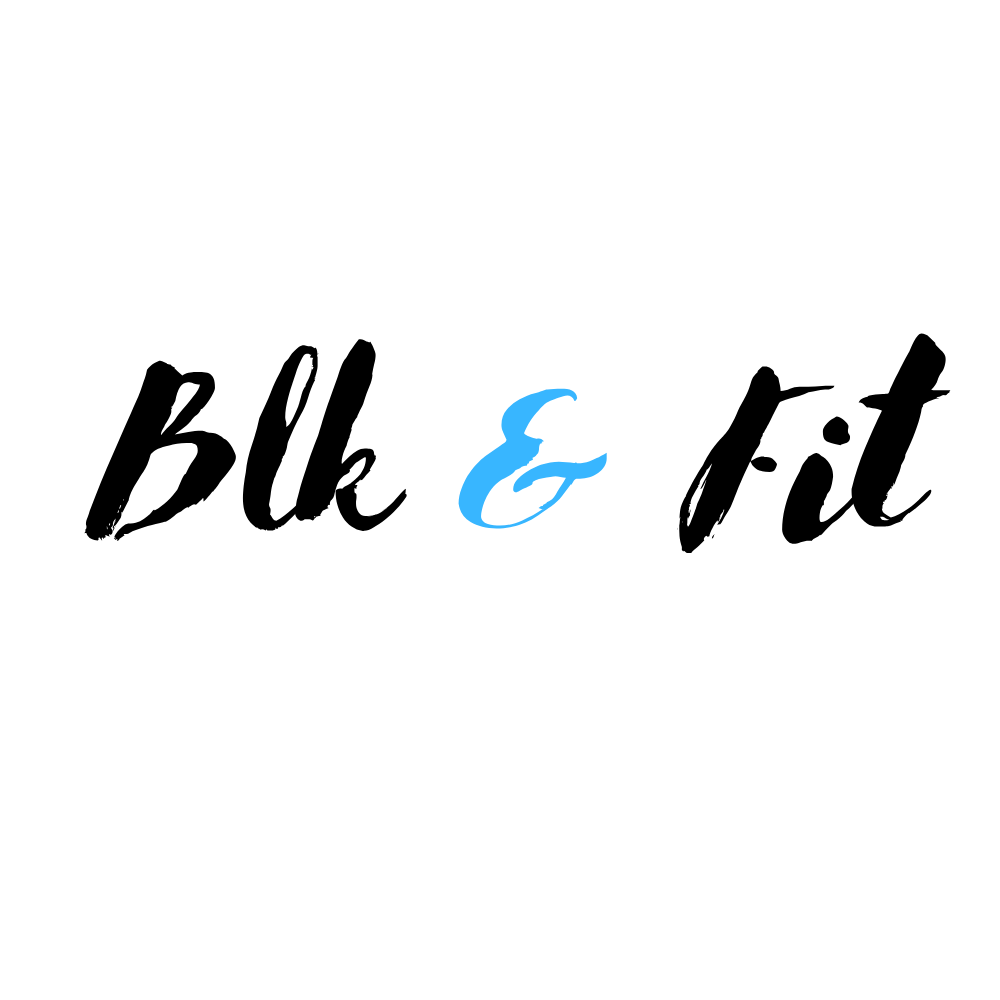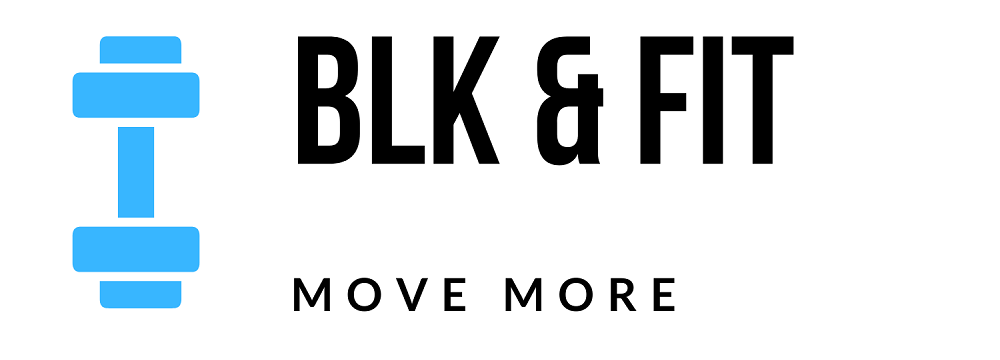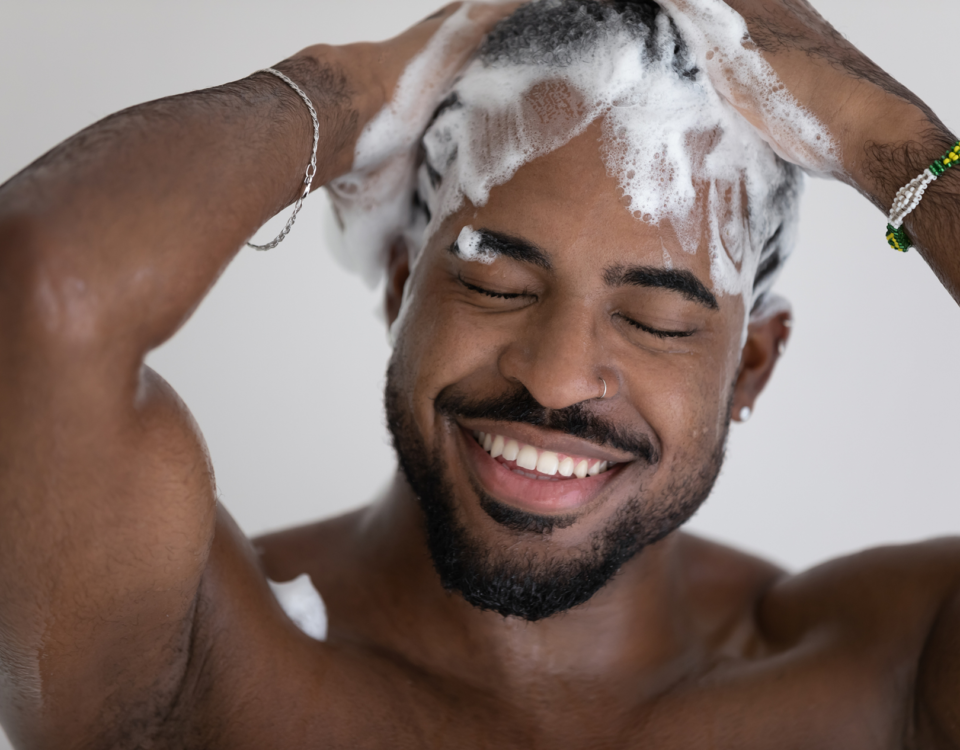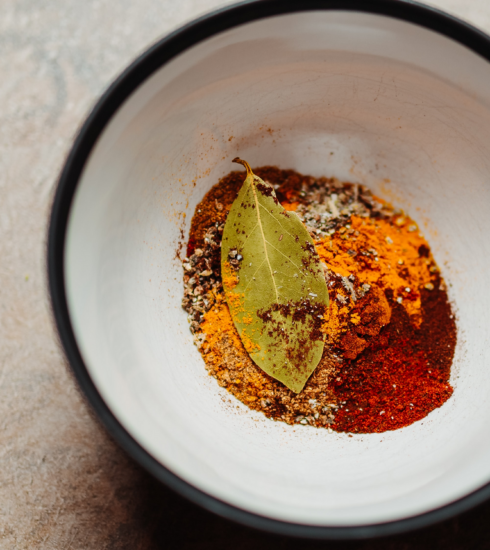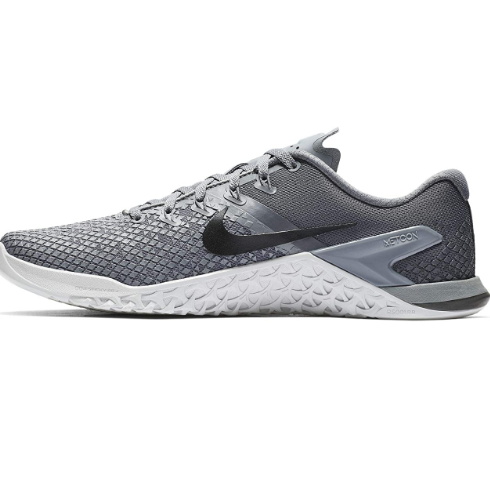Learn Your Labels: What’s in Your Shampoo?
On your next wash day, consider what’s in your favorite shampoo. Social media has been abuzz with news of a lawsuit against Mielle Organics, a previously Black-owned hair care company now owned by Proctor & Gamble. The lawsuit, which was filed before the company was sold, has since been settled and dismissed. Earlier this month, disturbing pictures and videos began circulating on social media. Users reported scalp irritation, migraines and hair loss after using the hair oils and shampoos.
Founder and CEO of Mielle Organics, Monique Rodriquez, addressed the allegations on Instagram, saying the product formulas have not been changed.
In today’s Learn Your Labels, we dive into the ingredients in a few haircare brands aimed at the African-American community. Read of two common shampoo ingredients and watch video of our store run for haircare products below.
Common Shampoo Ingredients and Potential Side Effects:
- Disodium ETDA: Commonly found in beauty and personal care products such as shampoos, lotions, and cleansers. Disodium ETDA helps prevent the degradation of the formulation that might cause the product to spoil or lose effectiveness. By stabilizing the product, it enhances shelf life and preserves consistency. Some of the potential side effects include allergic reactions like difficulty breathing, hives or swelling of the face, lips and tongue. It can also cause kidney damage, gastrointestinal issues, and hypocalcemia (or low calcium levels in the blood that can lead to muscle spasms, numbness or cardiac arrest).
- Propylene Glycol: This is a synthetic liquid that absorbs extra water and maintains moisture in certain cosmetics. Side effects include hair loss, scalp irritation, and itchiness by removing the hair’s natural oils. It could also damage the hair’s cell structure.
Want to know more about what’s in the products you buy? Read more from our Learn Your Labels series.

